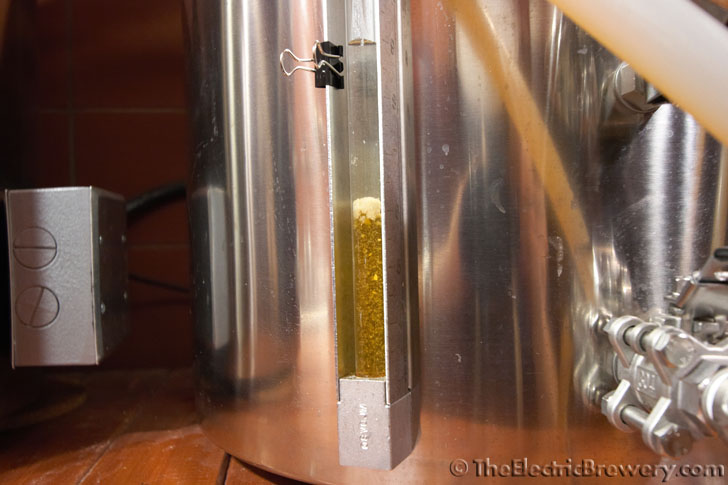steveoatley
someone has to fail, so the rest of you look good
Hey Guys
I am looking for input/opinions from the peanut gallery about that
I have an Igloo 10 Gall Orange Cooler I am using as a Mash Tun
I have a SS ball value as an out, and a March Pump to move water to and from my Brew Kettle.
Is it valuable to have a Sight Glass on your Mash Tun ?
I ask, as I have been having a hard time keeping my temps during mash
I tend to peak inside & stir, thus letting out heat !
Thanks for your opinions
Steve
I am looking for input/opinions from the peanut gallery about that
I have an Igloo 10 Gall Orange Cooler I am using as a Mash Tun
I have a SS ball value as an out, and a March Pump to move water to and from my Brew Kettle.
Is it valuable to have a Sight Glass on your Mash Tun ?
I ask, as I have been having a hard time keeping my temps during mash
I tend to peak inside & stir, thus letting out heat !
Thanks for your opinions
Steve



